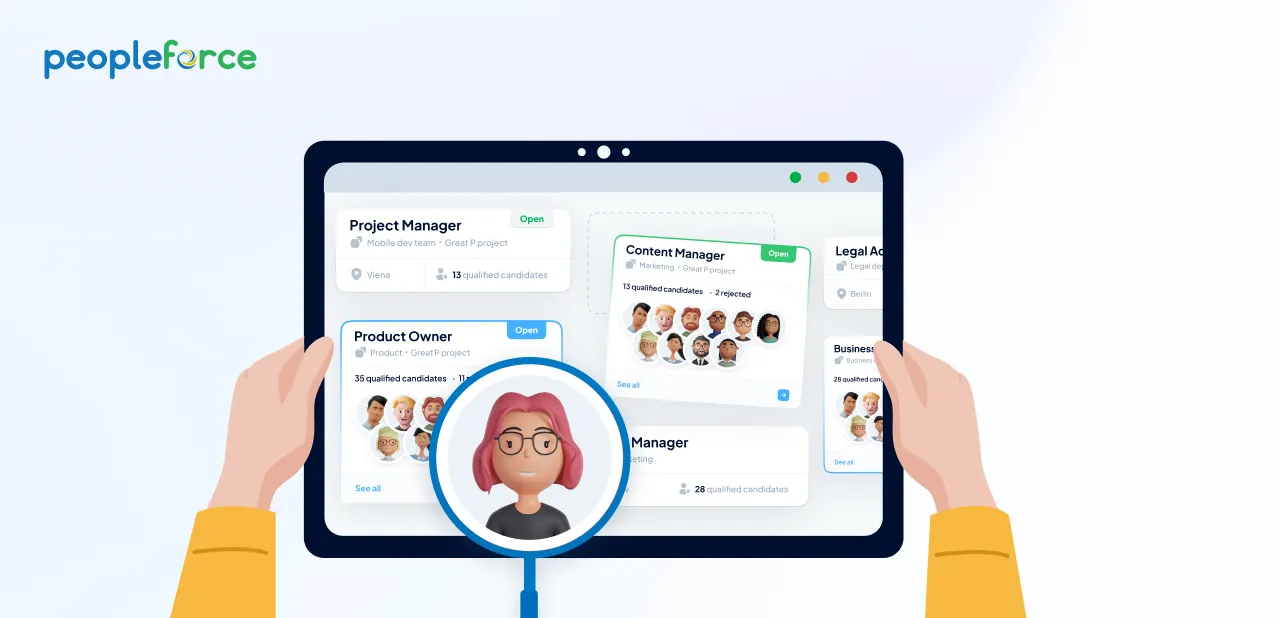
How to choose the best ATS system? – 15 Tips
Which process must a firm repeat if it wants to grow? The recruitment process. But why? Recruitment leads to the enrichment of a firm's human and informational resources. New employees bring their skills and knowledge to the team, and this translates into the development of the firm as a whole.
Finding the best candidate, however, is quite a challenge. A recruiter must:
- determine the scope of the company's needs,
- perform adequate research on the labor market,
- place recruitment announcements in appropriate places (these may include websites or other communication channels through which the announcement will be promoted),
- make a selection of candidates,
- complete all recruitment documents…
And all this at the very beginning of the recruitment process! A lot of time passes before the next stages begin, which is why running recruitment processes is a big expense for many companies.
What if you could cut costs and automate certain activities? Take advantage of modern process management tools? Get to know ATS – Applicant Tracking System that will support your company in recruitment activities.
We have gathered information and advice for you to help you choose the right ATS system for your business. We invite you to read on!
- What is an ATS system?
- How does the Applicant Tracking System work?
- What are the main benefits of using an ATS system?
How to choose the best ATS system? – 15 tips
What Is an applicant tracking system?
An ATS is a type of software for tracking applications, i.e. applications of candidates for participation in the recruitment process. Such tools support recruiters in an effective way, because they have functions for automating repetitive tasks.
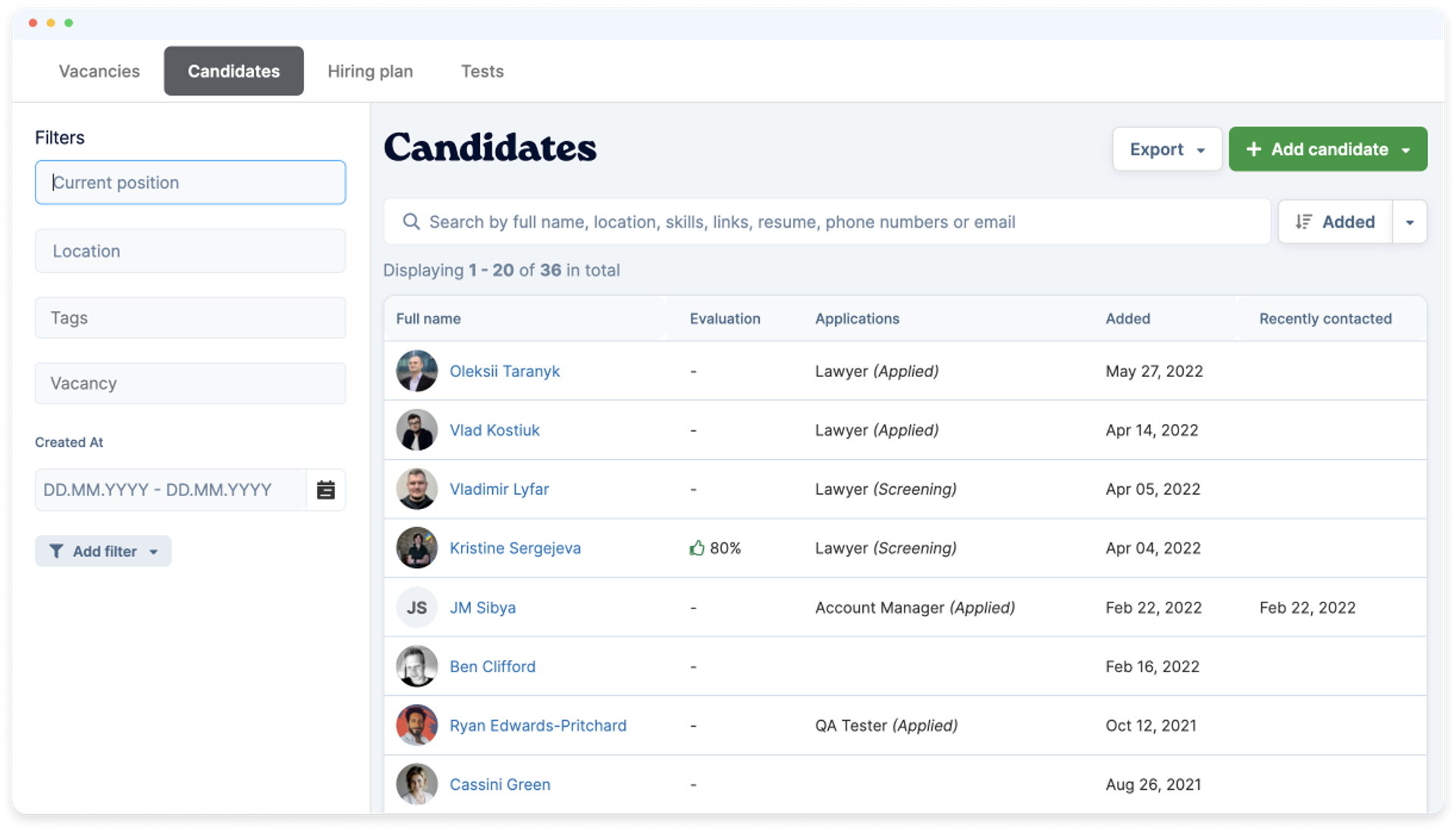
How does applicant tracking system work?
ATS performs the function of a candidate database. This means that recruiters can collect data in it from all available sources (resumes from job portals, responses via LinkedIn, etc.), and the system allows them to be easily sorted, according to specific criteria, using keyword scoring and knockout questions, among others.
The former, is a search for given keywords in candidates' documents (e.g., specific character traits). The second is to verify the candidate on the basis of his answers to closed questions placed in the body of the ad.
Another solution to the issue of searching for keywords in candidate documents, is to use system filters, available in a given ATS. With this feature, you can easily obtain recruitment data such as name, location, skills, links, resume, phone numbers or email address.
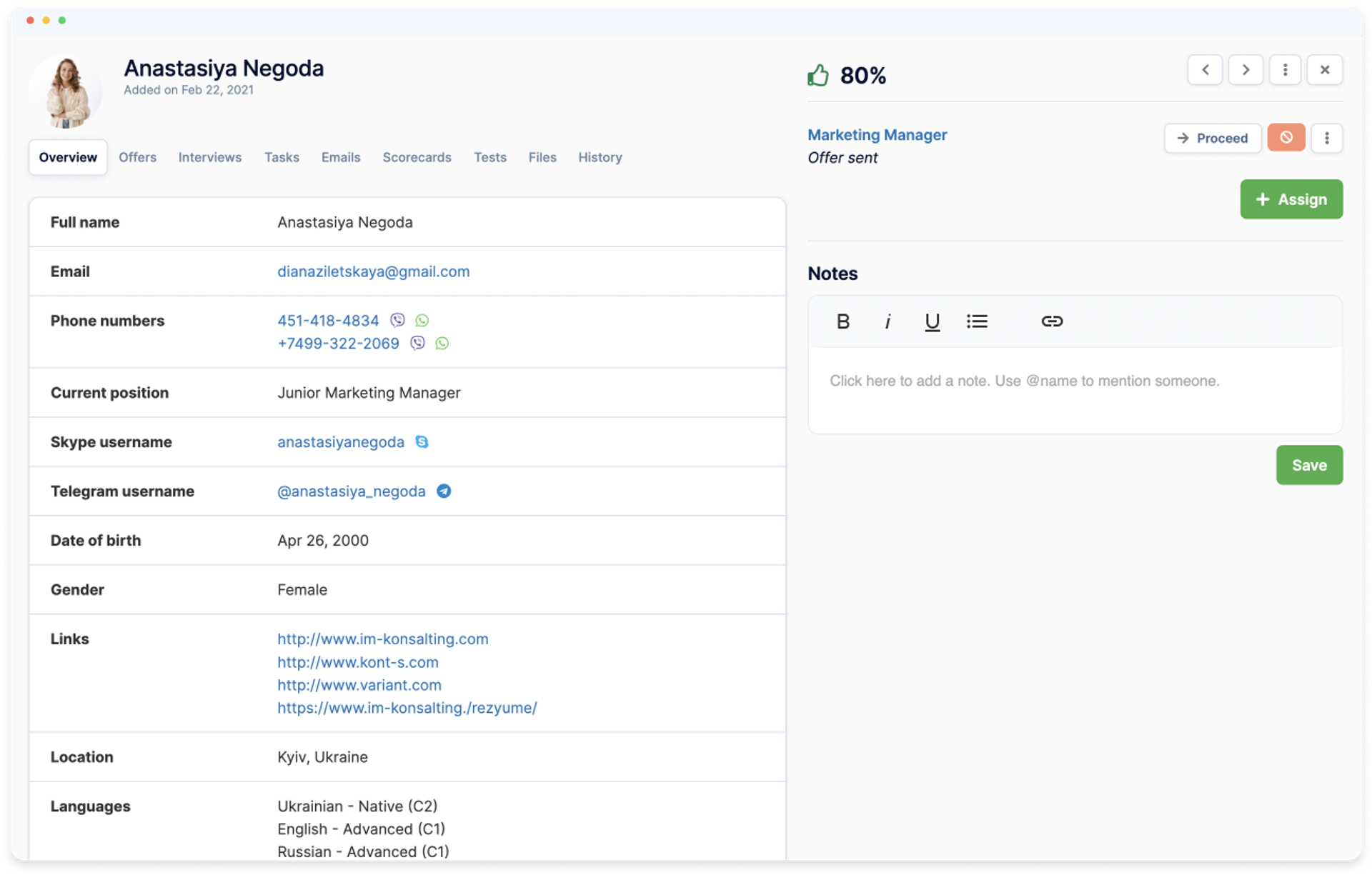
All of the above sounds a bit like the features of an ordinary spreadsheet? But database features are not all that a good ATS can offer. It allows you to organize guiding a candidate through all stages of the recruitment funnel – from adding a resume to the database to making an offer to a candidate. You will post a job offer and have insight into monitoring the flow of candidates (kanban approach).
The ATS will make it easier for you to analyze the effectiveness of the recruitment process through reporting. For example, with an ATS from PeopleForce you will generate, among other things, a report on the vacancy funnel, a report on the activities of recruiters and others.
A good ATS system has options to personalize with your company's recruitment needs in mind. In addition to database functionality, ATS software should have built-in tools for sending automatic notifications, controlling access to sensitive information (including RODO) or at least an electronic signature option.
What are the most important benefits of using an ATS?
ATS will help to save time
The more vacancies a company has to fill, the more time and effort recruiters put into the recruitment process. The steps of creating job content and choosing the right portals to post ads on can take several hours alone. Especially if you are looking for a person with a rare specialty.
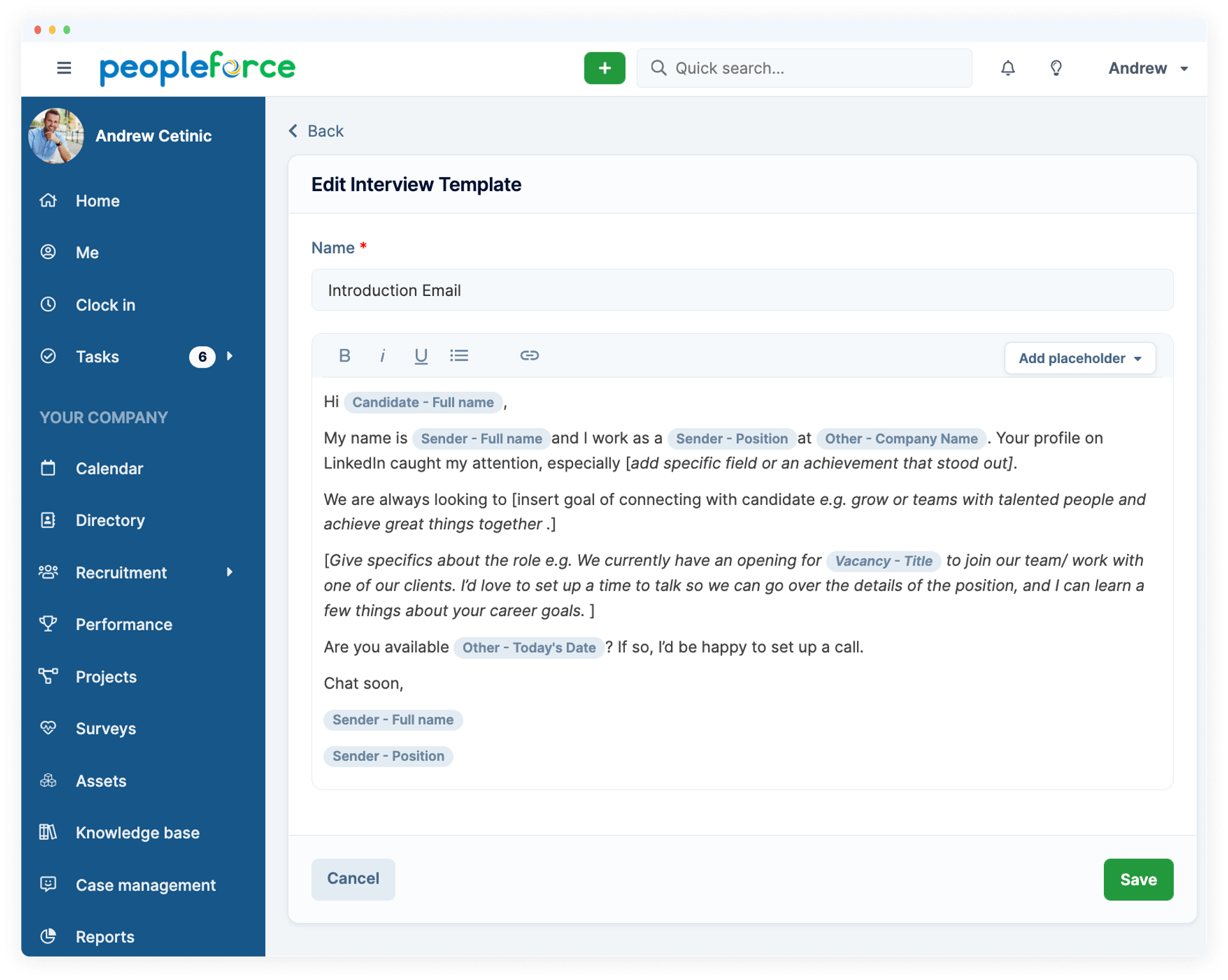
With ATS, you can create content templates (including job postings, emails, interview invitations that you will send to candidates thanks to the system, and candidate funnels) and save links to portals for future reference. The system also supports the ability to multipost on different platforms, which means increased efficiency in the job posting process.
ATS will help to save space
All recruitment documents in one system? Of course! No binders, folders, cardboard boxes full of papers that need to be stored for years. With ATS, you can say goodbye to these types of data storage methods.
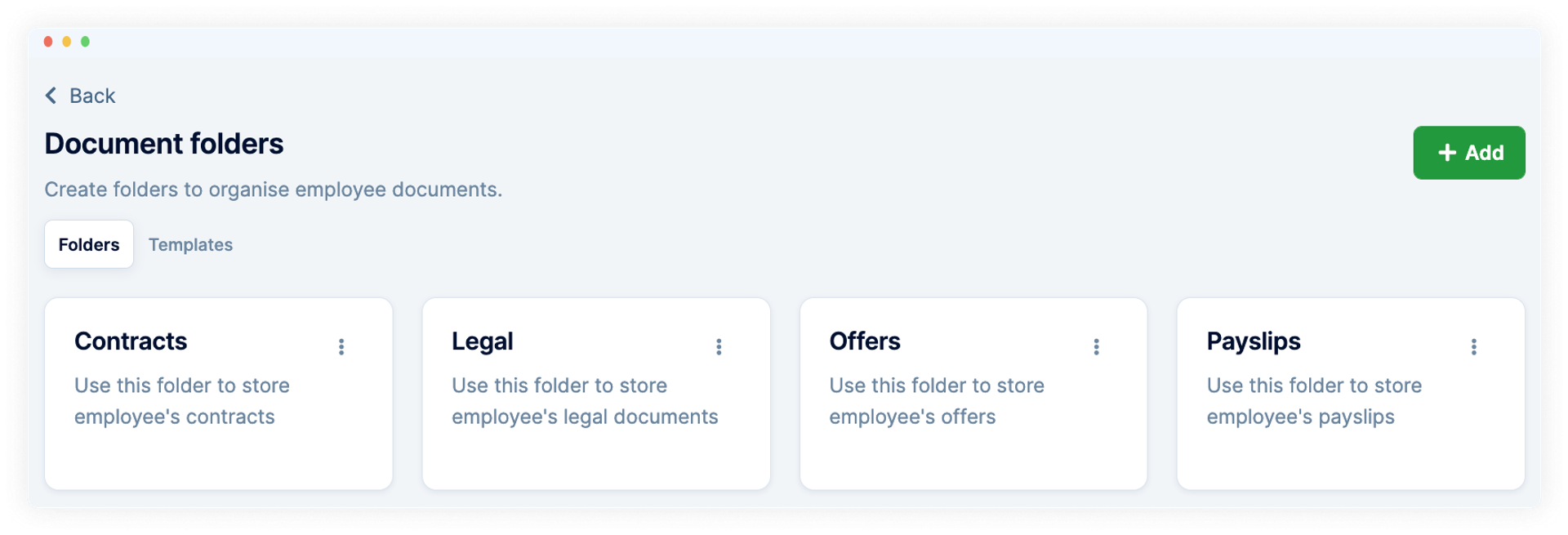
ATS will help to save companies' financial resources
This point is a product of the previous two. Quick recruitment process = lower costs. Saving space = saving costs. But that's not the end of the good news, because it's not all good things about managing recruitment through an ATS.
Using an ATS during the hiring means a higher probability of finding the right candidate, thus automatically postponing the subsequent search.
Since the hiring goes more smoothly, since automatic actions replace the efforts of recruiters, the latter will generate fewer man-hours and more money remains in the firm's coffers.
The ATS system provides a higher level of candidate experience
Candidate experience is nothing more than the degree of candidate satisfaction with the participation in the recruitment process, regardless of whether the process ends in hiring the person. A high degree of candidate satisfaction will result in a good reputation for the company in the labor market. And this, in turn, can reduce the time to look for more employees in the future.
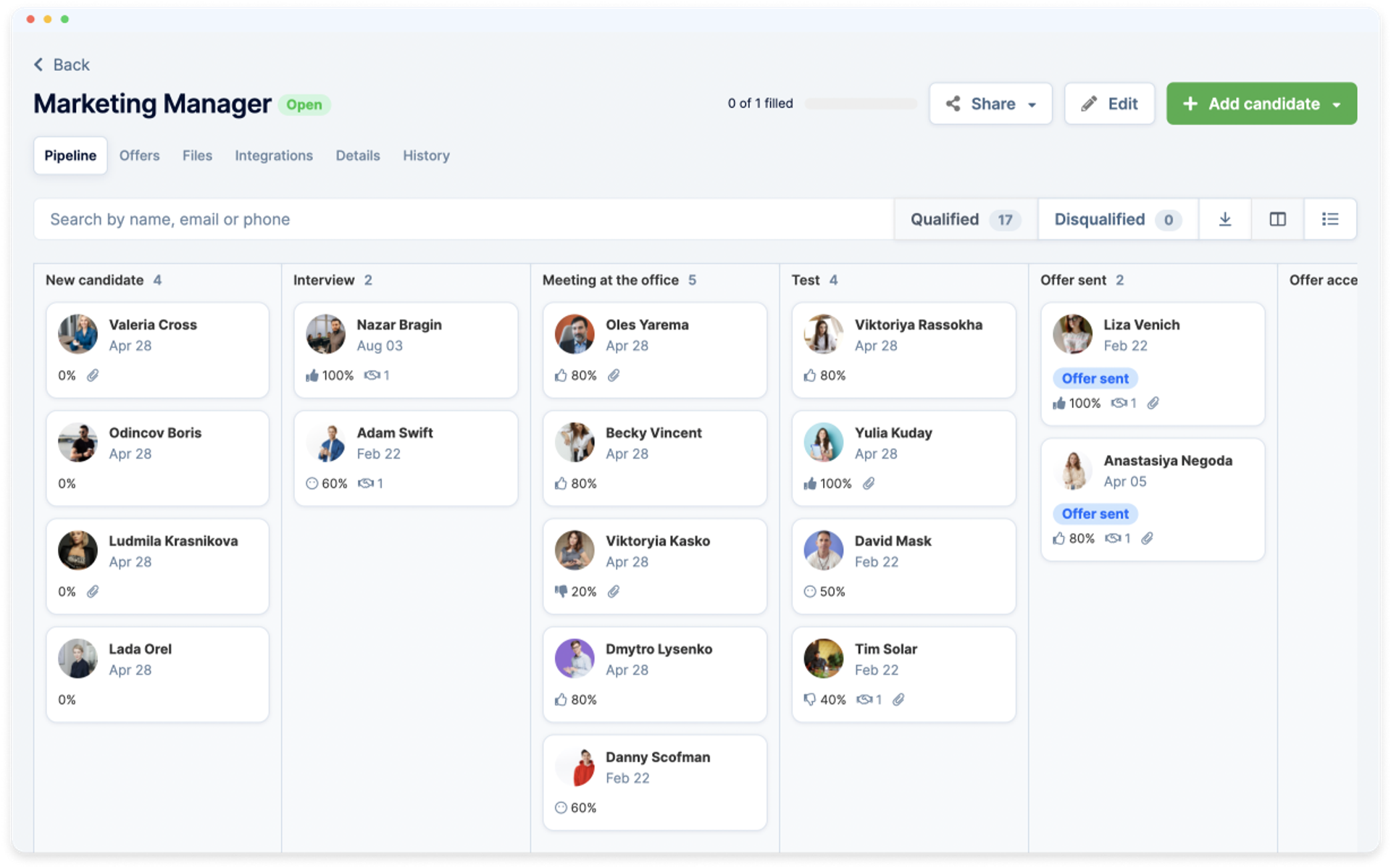
How to choose the best ATS system?
Before you can effectively implement an ATS in your firm, you must first… buy the system. And since a description of the benefits alone is not enough useful information before you buy, use our 15 tips.
- Determine the scope of your firm's needs.
- Think about what problems you need to solve and what features you are willing to use.
- If you're aiming to shorten recruitment processes, make sure that the ATS in question has functionality available, such as processing candidate applications. After all, you don't want it to be just a simple database of recruitment documents.
- Check if the ATS allows you to exclude certain people with keyword scoring and knockout questions. Then you'll know if your problem is a lack of candidates or a lack of suitable candidates.
- Don't forget that these types of tools need to protect candidates' sensitive data well. Make sure that the ATS in question will meet the requirements of RODO and other regulations.
- Search for a system that allows you to source candidates from multiple sources simultaneously (e.g., job portals, groups on social networks such as Facebook or LinkedIn).
- Don't forget the power of efficient communication – choose a system that makes it easy for you to contact candidates and allows you to send standardized messages automatically.
- Choose an ATS whose implementation will not cause you additional problems. Let it support your activities, not further hinder it.
- Beware of systems that cannot manage candidate privacy (this includes the aforementioned RODO). Look for a system that has such functions fully automatic so you don't have to deal with it manually.
- Go for an ATS that is providing the ability to break down the recruitment system into stages.
- You will need a system that allows you to quickly find candidates in your own candidate database by searching by resume content and note content.
- For management, you will find it useful to be able to create and change application questions, even while the recruitment process is underway. Check if your chosen ATS will have such functionality.
- See if the system is providing smooth reporting. The processes themselves may be fast, but their effectiveness will only be confirmed by hard data. Some systems don't offer advanced functionality in this area – don't waste your firm's time on them.
- If you collaborate with a multilingual team, check whether the ATS allows you to change the language of the software.
- Make sure if the software you choose has a function for creating tests, including questions with one or more correct answers, determining the duration of the test and awarding points for correct answers. With tests, you can better select individual candidates after the first contact in terms of qualifications, understanding of tasks and alignment with your firm's vision and mission.
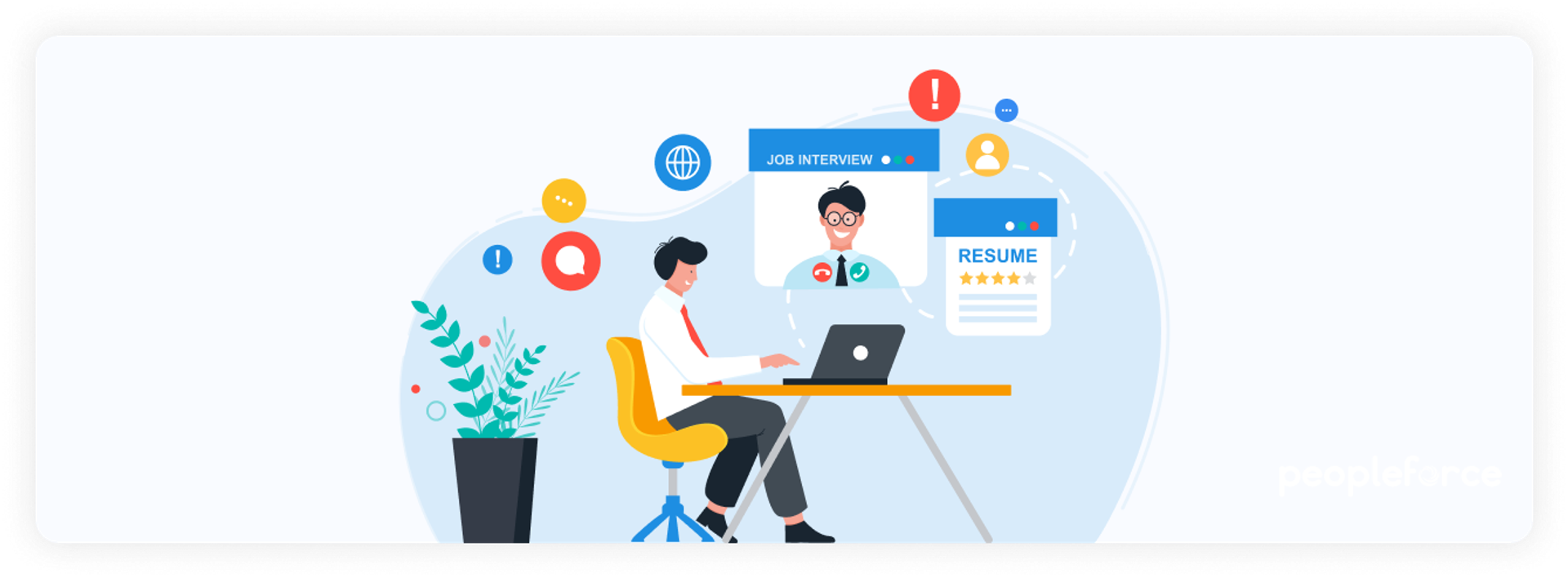
To sum up…
The ATS system is a real „harvester” that helps handle huge amounts of recruitment data. All this to streamline the entire recruitment process.
When choosing this type of software, you need to pay attention to many factors. Do not make this decision under the influence of advertising. If you wish to use useful functionalities in the future, choose an ATS that will answer most of your firm's needs.
If you are interested in information about HR management systems, see the latest articles in our blog:
If you wish to know more about the activities of the HR department, or learn about other processes, you will find a number of interesting resources on our website. Keep an eye on us!
Get started with PeopleForce today
Automate your HR routine to create a high performance culture in your company. PeopleForce is your best HRM alternative to stay business driven but people focused.

Recent articles
🎉 PeopleForce Wrapped 2025: a year of HR magic
2025 wasn’t just about shipping features — it was about making HR work better at scale. Let’s unwrap everything we built together.
OKRs vs. KPIs: Choosing the right framework
Unsure when to use OKRs or KPIs? Learn how to choose the right framework to maximize your team’s success.
Why OKRs feel like hell (and how to make them simple)
Why OKRs feel like chaos: missed goals, messy reviews, and burnout. Learn how to simplify goal-setting and reclaim clarity quickly.

